Just released, the media education resource K12 educators have been waiting for: “Scripted” An Educator’s Guide to Media in the Classroom. This comprehensive, step-by-step “recipe” book is the manual we, too, have been eagerly anticipating. It opens up the world of hands-on media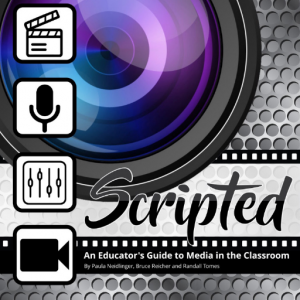 experience to students at an age when they can absorb so much more, and at an age when they critically need to develop their lifetime communication and presentation skills.
experience to students at an age when they can absorb so much more, and at an age when they critically need to develop their lifetime communication and presentation skills.
How does Backbone figure into this? Well, for the last dozen years we have operated the largest college and high school radio network, The Intercollegiate Broadcast System‘s Student Radio Network (IBS-SRN) on behalf of IBS, the 1,000 member, all volunteer college radio & TV association.
Backbone provides the technology infrastructure in the cloud — the 24/7 radio station. Plus, we are happy to populate the station’s automation library with a few thousand free indie music tracks courtesy of Pirate Promotions. However, the entire choice of content and curriculum is up to the school and the teacher or faculty advisor. Historically, that has been a speed bump for many educators when there is very little published guidance to help them build a media program. Scripted, as far as we can tell, is the first such guidebook that starts with easy-to-use 21st century technologies, then actually lays out an extensive set of templates upon which schools can confidently build a curriculum pathway, evaluate progress, project budgets, specify products with the best ROI, and even ways to self-fund the entire program with local business sponsorships.
We want to thank and congratulate the authors, who all happen to teach with Backbone Radio in their respective schools. This, we believe, will be a watershed moment for student-run radio, where every school can now easily create and afford its own broadcast/podcast program, and do it with the guidance of a systematic yet flexible set of proven methods and benchmarks.
We look forward to seeing Scripted become the nucleus of a media movement in education, and we hope to be creating one or more radio networks just for schools that want to extend their reach. See more at https://www.scriptededucators.com/
 24/7 radio coverage. Equipped with just smartphones, laptops, and
24/7 radio coverage. Equipped with just smartphones, laptops, and 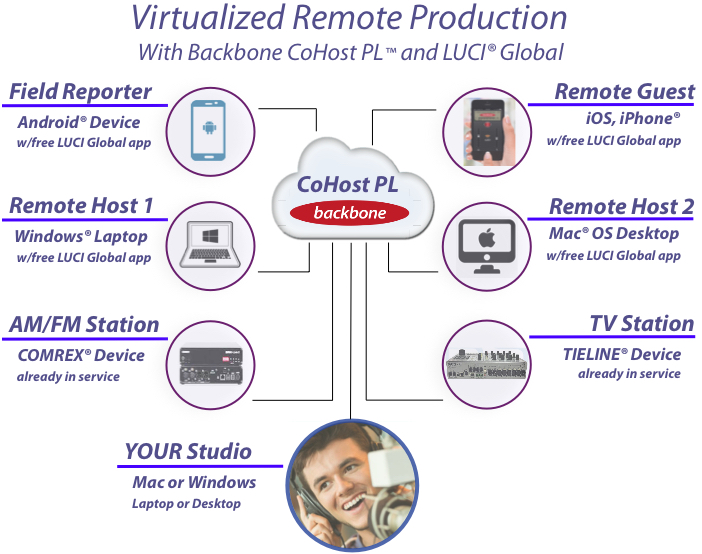
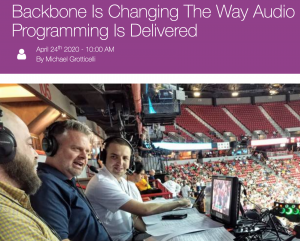

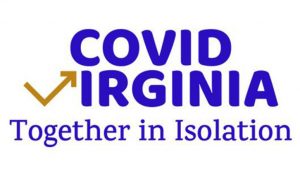


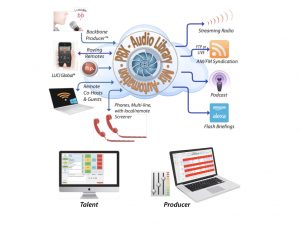

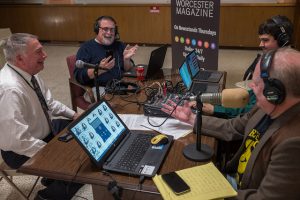


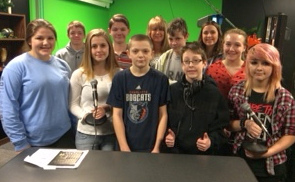 were finalists in five categories in the high school division, walking away with three wins:
were finalists in five categories in the high school division, walking away with three wins: 